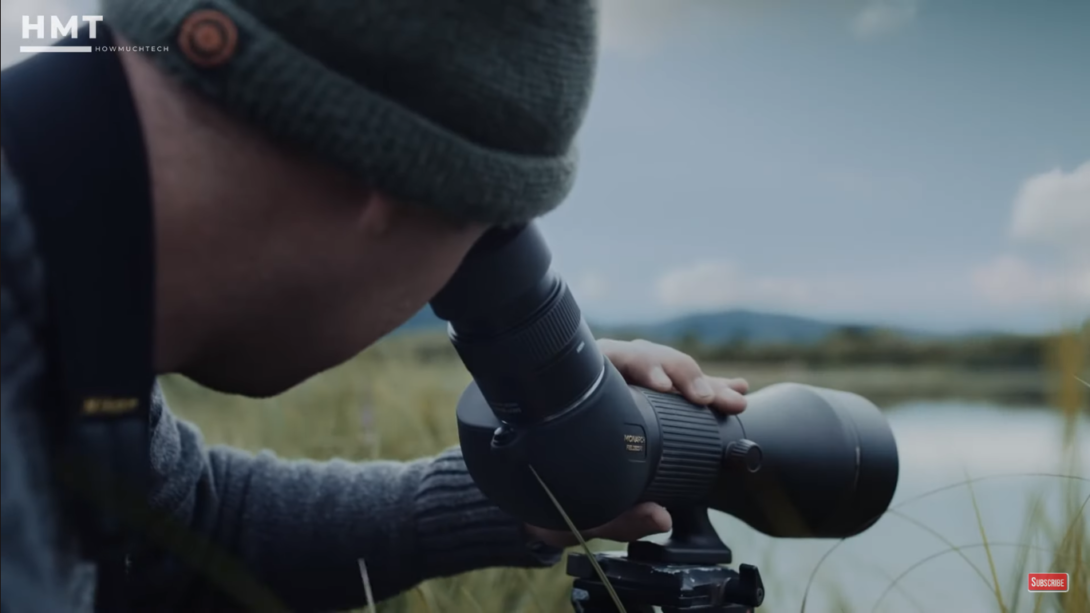A compact spotting scope is invaluable for nature lovers and travelers who aim to enhance their observational capabilities without the burden of heavy equipment. Ideal for bird watching, hiking, or any outdoor activity requiring a closer look at distant objects, a compact spotting scope strikes a balance between portability and functionality.
When setting out to choose the best compact spotting scope for travel, it’s essential to focus on several key aspects to find a model that perfectly suits your needs. This comprehensive guide explores what to look for in a compact spotting scope, backed by insights on the latest technological advancements and essential accessories.
Key Considerations in Choosing a Compact Spotting Scope

Optical Quality:
- Resolution and Clarity: High resolution is crucial for seeing fine details at long distances. Scopes with clear, crisp images should be prioritized;
- Lens Coatings: Multi-coated lenses are essential as they minimize glare and maximize light transmission, enhancing image brightness and clarity.
Durability and Build:
- Robust Materials: Opt for scopes made from materials like aluminum or polycarbonate, known for their strength and lightweight properties;
- Weatherproof Features: A waterproof and fog-proof scope is vital for handling diverse environmental conditions effectively.
Portability:
- Size and Weight: The best compact spotting scope should be lightweight and compact, easily fitting into a backpack or carried by hand without sacrificing optical quality;
- Design Features: Features like retractable sunshades, easy-grip surfaces, and ergonomic designs enhance portability and usability.
Technological Advances in Compact Spotting Scopes
Image Stabilization: This technology compensates for hand movement, providing clearer and more stable images without a tripod, which is especially beneficial for birdwatchers and wildlife observers on the move.
HD Optics: High-definition optics offer sharper, clearer images with enhanced color fidelity and reduced chromatic aberration, crucial for high-quality visual output, particularly in low-light conditions.
For more insights and detailed reviews, consider visiting this guide on the best compact spotting scope.
Essential Accessories for Compact Spotting Scopes

- Tripods: A sturdy, lightweight tripod is essential for stabilizing the scope at high magnifications, especially important for travelers;
- Digiscoping Adapters: These adapters allow you to connect a camera or smartphone to your spotting scope, ideal for capturing high-quality images of distant subjects. Ensure compatibility with your specific scope and camera or smartphone;
- Carrying Cases: Quality carrying cases protect your scope from bumps and scratches and often feature padded interiors and compartments for additional accessories like lens cleaning tools.
Maintenance Tips for Spotting Scopes
- Regular Cleaning: Use a soft, lint-free cloth for the body and a brush followed by a special lens cleaning solution and a microfiber cloth for the lens;
- Proper Storage: Store your scope in a cool, dry place away from direct sunlight and excessive humidity to prevent damage to lens coatings and internal components;
- Handling Care: Handle your scope with care and avoid touching the lens surfaces to prevent smears and degradation of image quality.
Conclusion
Choosing the right compact spotting scope involves more than just comparing prices; it requires a detailed look at the quality of optics, the durability of the build, and the scope’s overall usability and portability.
By focusing on these key aspects, complemented by the latest technological enhancements and the right accessories, you can select a scope that not only fits your travel needs but also enriches your outdoor experiences.
For further guidance and to make the best choice, consider exploring detailed reviews and user experiences on trusted outdoor or wildlife observation forums and websites.